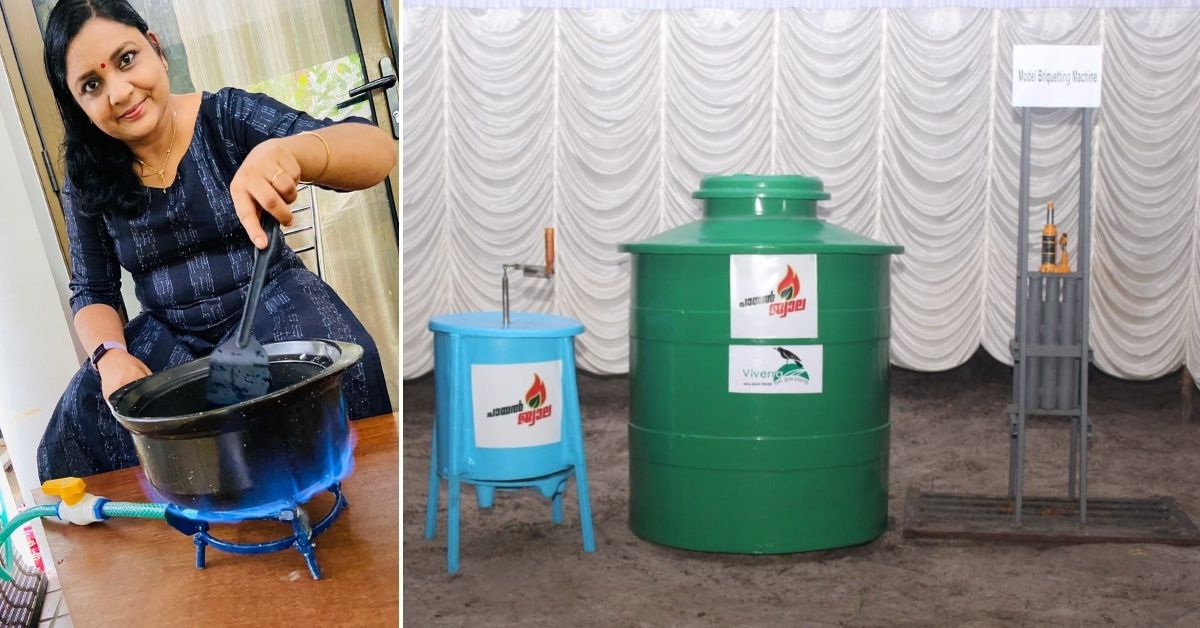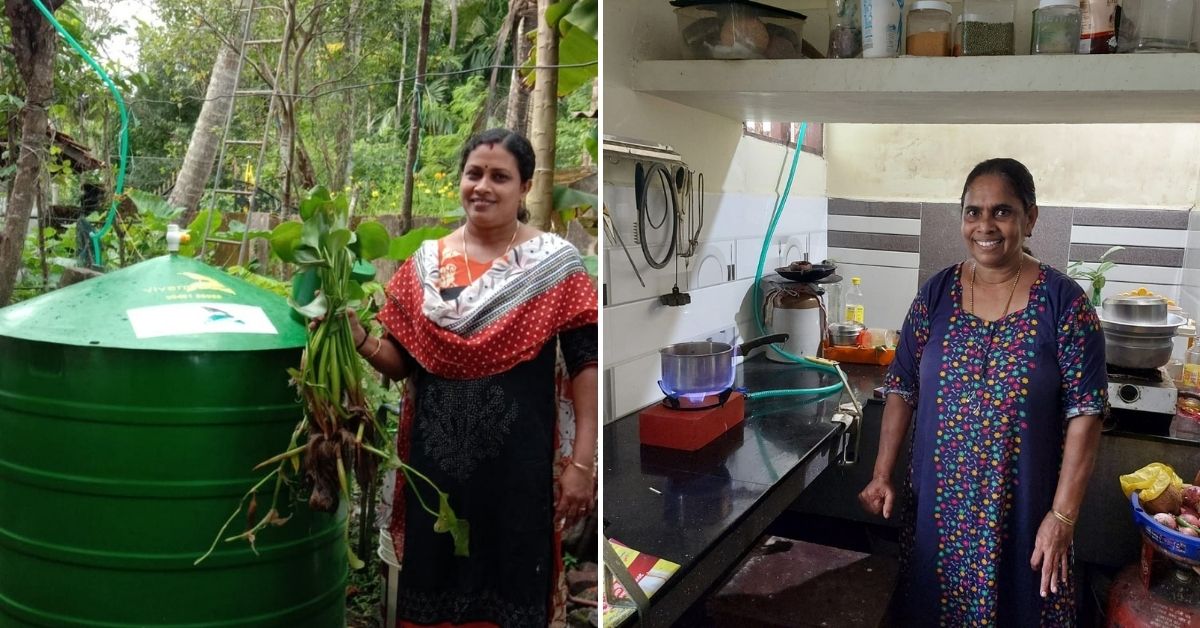While leaving his job at a Bengaluru-based FMCG company, Anuroop G had only one aim in his mind — to start an enterprise that would benefit society. Today, he’s making his dream come true with a remarkable eco-friendly solution.
It all began when, in 2018, Anuroop found himself stranded in Kerala during the floods, unable to return to Bengaluru. “I decided to stay and volunteer in relief activities in our area, Thanneermukkom, with my friends. My wife and I provided insulin shots at several relief camps,” he recalls.
“Volunteering and doing social work gave me a kind of satisfaction that I had never felt while working a high-paying corporate job. That’s when I decided to leave my career and start a social enterprise,” he tells The Better India.
After quitting his job, Anuroop joined a friend’s waste management company as a consultant. “I started out by consulting on a few projects for Green Worms Waste Management System, which is based out of Kozhikode,” he says.
Alongside, he was looking for ideas for his own social enterprise. That’s when a science experiment he had conducted during his school days came back to him.
He says, “In class 9, we tried to make biogas out of water hyacinth in a glass bottle. I wouldn’t forget it, because the bottle exploded, and the decayed remnants fell all over us. That’s when I realised the power of this invasive plant.”
From menace to resource
Water hyacinth is one of the most invasive weed species that grows on freshwater bodies. It is considered a menace due to its high vegetative growth and ability to rapidly spread across water bodies like lakes and ponds. It reduces the oxygen level in the water, thereby killing aquatic organisms and creating an ideal habitat for mosquito breeding.
According to studies, it can be a good substrate to make biogas due to higher content of methane.

With this realisation, Anuroop approached the Centre for Research on Aquatic Resources (CRAR) for research assistance. “There are research-based solutions for issues like the threat of water hyacinth. But people don’t know how to market it or to popularise it. So I wanted to follow such research solutions, which could be made practical using technology,” says the MBA graduate.
Finally, in 2021, Anuroop launched his enterprise to produce biogas out of water hyacinth. He says, “The biogas project was launched in Cherthala. This place is surrounded by lakes, which means that water hyacinth was available in abundance. I conducted the research and marketing of the project with support from CRAR. I also joined hands with a friend who provided me with the required equipment.”
“Creating biogas from this invasive weed would also help control the menace to an extent. But this can only be set up in places where the weed is available in abundance,” he points out.
Creating biogas with water-hyacinth is a practice used across different parts of the world, says Anuroop. “I did my own research to find out the efficiency of producing biogas while adding water hyacinth, and found that when compared to other substrates, water hyacinth produces gas very fast and it also works really well when mixed with the kitchen waste.”

“Creating biogas this way would also help control the menace of the invasive weed to an extent. But this can only be set up in places where the weed is available in abundance,” he points out.
The project, which was popularised under the name Payal Jwala (payal means aquatic weed), was well-received, he says. He continues, “Our campaign received a push when it was covered on social media by two YouTubers. Their videos were a hit and thereafter we started receiving thousands of enquiries from across Kerala and even outside.”
Anuroop says his team received thousands of enquiries to set up not just water hyacinth-based biogas plants, but also plants that could be run using kitchen waste. He elaborates, “Since we didn’t have the capacity and couldn’t afford to go to different places and set up the plants, we relied on other local agencies. Till now, we have helped set up over 250 biogas plants across Kerala as well as in neighbouring states like Tamil Nadu, Karnataka and Andhra Pradesh. Among these around 60 of them were water hyacinth-based plants,” he adds.
“There were people who already had biogas plants but were not using them due to the lack of enough substrate. We helped them to revamp their plants to use the aquatic weed as a substrate. All the water hyacinth-based plants were set up in the Cherthala-Alappuzha belt, where the weed was easily found, he says.

Anuroop says that with frequent hikes in LPG cylinder prices, people have started looking for alternatives. “There has been an increased demand in setting up such biogas plants in recent times,” he says.
Preethi Jayaram, a homemaker from Thanneermukkom, who has been using the water hyacinth based-biogas at home, says that she no longer worries about LPG price hikes. “I used to buy one LPG cylinder per month for my five-member family. Since I started using the water hyacinth-based biogas around six months ago, I have only ordered LPG cylinders once in three months,” she says.
“It just requires a little effort. You just need to pick the weed from the lake and cut it into smaller pieces and put it inside the tank daily. It produces decent flames and I have been cooking almost everything in it,” adds the 45-year-old, who uses a 1,000 litre biogas tank.
Meanwhile, talking about the expenses of setting up a plant, Anuroop says, “Biogas plants can be set up in different sizes and according to the requirement of the gas. But a basic one for households can be set up at a cost between Rs 10,000 and Rs 15,000. The price can even go up to lakhs, based on the size and capacity.”
For more information, you can contact Anuroop at 8129100968
Source:
www.sciencedirect.com
(Edited by Divya Sethu)
No comments:
Post a Comment